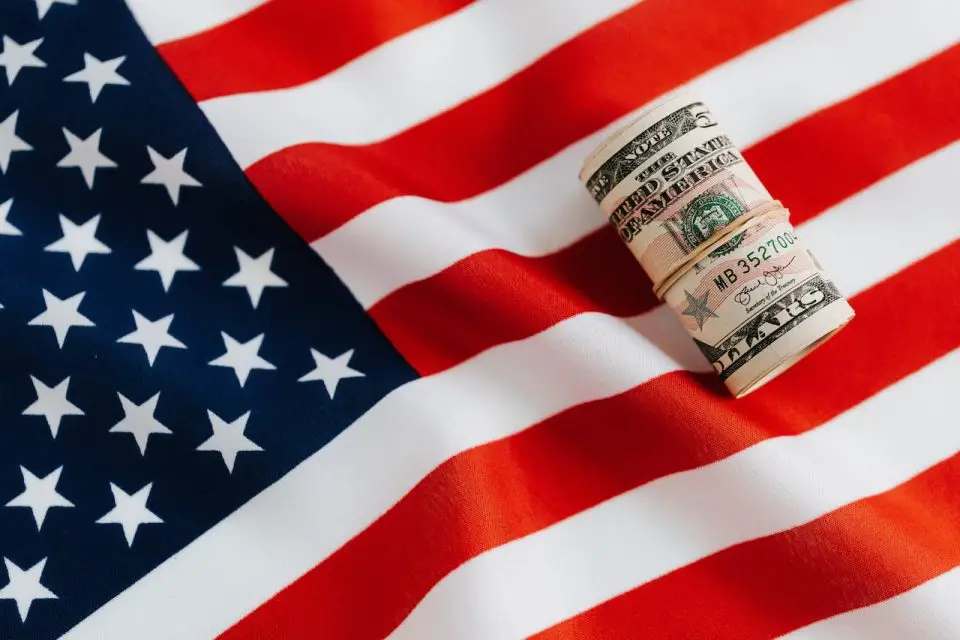The US economy demonstrated its tenacity in the face of escalating borrowing costs for consumers and businesses, expanding at an annual rate of 2.1% from April through June, as per the government’s revised growth estimate for the last quarter. This growth exhibited a marginal uptick from the 2% annual expansion observed from January to March. However, this figure fell short of the initial GDP projection of 2.4%, reflecting a slight moderation.
The driving forces behind this economic momentum were elevated levels of consumer spending, robust business investments, and substantial expenditures by state and local governments, all of which contributed cohesively to the overall expansion. Notably, consumer spending, constituting approximately 70% of the US economy, ascended at a 1.7% annual pace in the April-June period, indicating noteworthy progress, although it marked a decline from the robust 4.2% surge witnessed during the initial three months of 2023. Meanwhile, excluding housing, business investments flourished at an impressive annual rate of 6.1% during the last quarter. However, investments in the housing sector bore the brunt of elevated mortgage rates, resulting in a decline in the second quarter.
A pivotal factor underlying this economic resilience was the persistent efforts of the Federal Reserve to curb inflation through a series of interest rate hikes commencing in March of the preceding year. Subsequently, the benchmark interest rate underwent eleven increments, substantially amplifying borrowing costs for endeavors ranging from personal vehicle purchases to real estate acquisitions and business expansions. From its zenith at 9.1% in June 2022, year-over-year inflation exhibited a steady decline, culminating at 3.2% last month. Core inflation, which excludes the volatile components of food and energy, remained relatively stable in July, mirroring the least monthly upsurge witnessed in nearly twenty-four months.
The labor market, a crucial indicator of economic vitality, defied expectations by maintaining vigor amidst the Federal Reserve’s resolute campaign against resurgent inflation. Employers continued to bolster their workforce, adding an impressive average of 258,000 jobs per month throughout the ongoing year. However, this average registered a deceleration over the past three months, settling at 218,000. In July, a reduction in job openings and a consecutive decline in the number of individuals quitting their positions hinted at a gradual weakening of the employment landscape.
The amalgamation of diminishing inflation, sustained economic expansion, and a deliberate yet consistent recruitment trend has kindled optimism for a rare occurrence known as a “soft landing.” This entails the Federal Reserve’s successful containment of surging inflation without instigating a debilitating recession. The latest report, the second in a trilogy of estimates for last quarter’s growth, is slated to be followed by the final computation in the ensuing month.
Collectively, despite the Federal Reserve’s pursuit of higher interest rates, the U.S. economy has demonstrated resilience in the second quarter’s growth, while the full impact of increased borrowing costs remains to be seen.
Source: AP News

